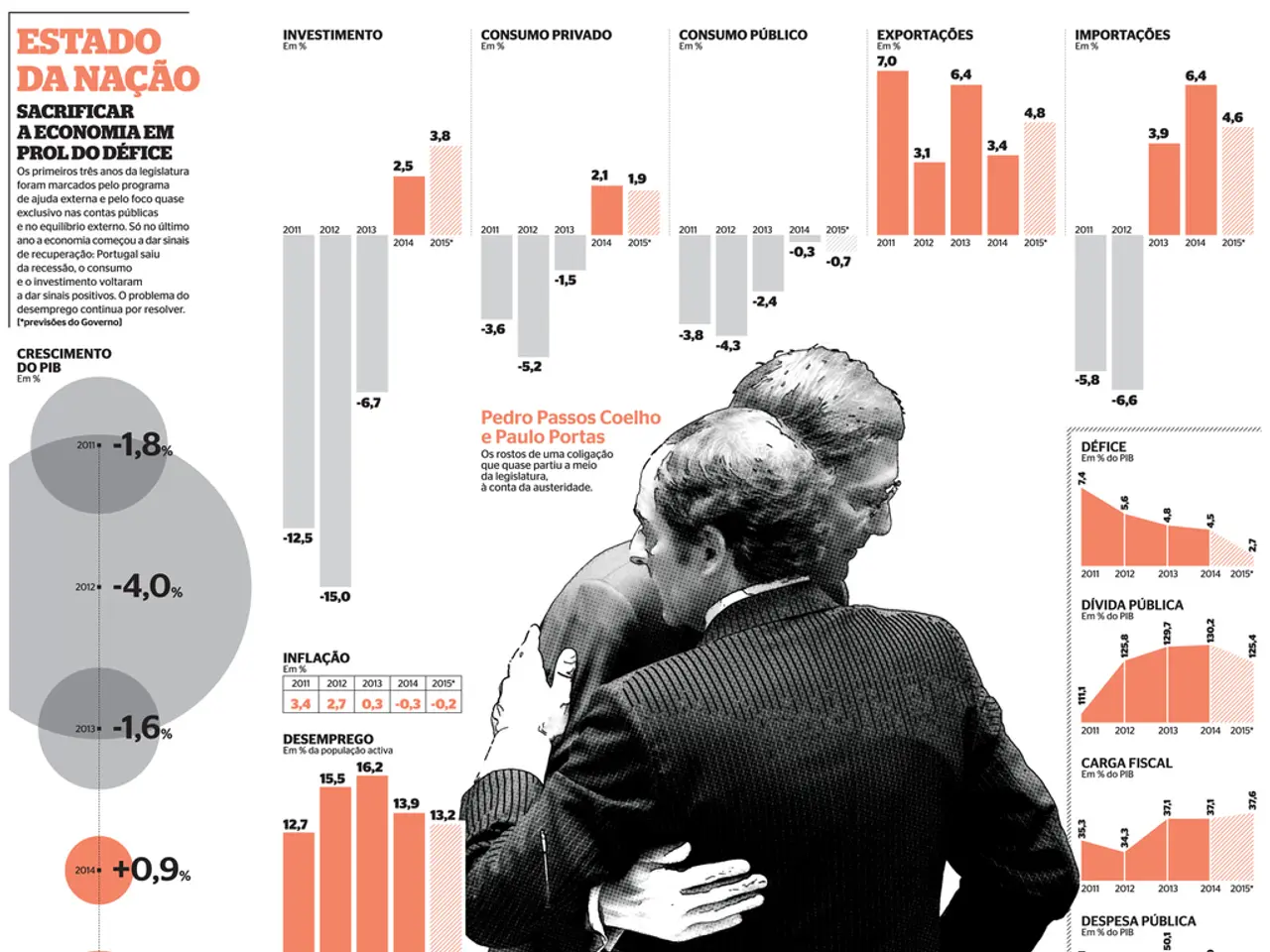Exploring Varieties of Healthy Bonding: A Look at Attachment Styles
Unhealthy Emotional Attachment in Children and Adolescents: Recognising and Addressing the Issue
Unhealthy emotional attachment in children and adolescents can have a profound impact on their social, emotional, and psychological development. This article aims to shed light on the signs of unhealthy emotional attachment and the ways to address the issue with the help of a therapist or child psychologist.
Recognising Unhealthy Emotional Attachment
Unhealthy emotional attachment can manifest in various ways. Children may exhibit emotional withdrawal and detachment, difficulty regulating emotions, and insecure attachment behaviours.
Emotional withdrawal and detachment, characteristic of Reactive Attachment Disorder (RAD), can be seen in children who rarely seek comfort from caregivers, seem indifferent, or fail to respond to soothing efforts.
Difficulty regulating emotions, such as frequent unexplained irritability, sadness, or fearfulness, and emotional outbursts, can signal attachment problems.
Insecure attachment behaviours can manifest as anxious-ambivalent attachment (clinginess, need for constant reassurance, fear of abandonment), avoidant attachment (emotional distancing, preference for isolation), or disorganized attachment (erratic emotional responses, fear of closeness yet fear of being alone).
Blurring of emotional boundaries, or enmeshment, in adolescents can involve lack of physical and emotional boundaries with parents, over-involvement in their life, discouragement from developing independence, or relying on the child for emotional support.
Unhealthy attachment often leads to social and relational difficulties, exhibiting jealousy, dependency, or mistrust.
Addressing Unhealthy Emotional Attachment
Addressing unhealthy emotional attachment involves a combination of therapeutic interventions, family therapy, and supporting caregivers.
A therapist assesses whether the child's difficulties stem from attachment disorder or other developmental conditions. Trauma-informed and attachment-based therapies help children develop secure bonds, learn emotion regulation, and improve social skills.
Family therapy addresses enmeshed or blurred boundaries by educating parents on healthy family dynamics, encouraging age-appropriate independence, and setting clear emotional and physical limits.
Therapists guide parents to provide consistent, sensitive, and predictable care to rebuild the child's sense of safety and security.
Individual therapy for older children and adolescents focuses on managing anxiety, fear of abandonment, and trust issues, often integrating cognitive-behavioral strategies for self-regulation and healthy relationship skills.
Ultimately, treatment is personalized, focusing on enhancing secure attachments and emotional well-being through a combination of child, family, and sometimes individual interventions under professional guidance.
Breaking an Unhealthy Attachment
A therapist can help identify the cause of attachment issues and provide strategies to help change an unhealthy attachment. This may involve rebuilding trust, improving communication, and teaching new coping mechanisms.
It's important to remember that addressing unhealthy emotional attachment is a process that requires patience, understanding, and consistent effort. With the right support, children and adolescents can learn to form healthy relationships and develop emotional resilience.
Signs of Complicated Grief
If a child shows signs of insecure attachment, it's crucial to seek help early. Complicated grief, characterized by constant preoccupation with the deceased, intrusive memories of the loved one's death, excessive guilt, and suicidal ideation, can significantly impact mental and physical health.
If you suspect that a child is experiencing complicated grief, it's recommended to make an appointment with their pediatrician or request a referral to a child psychologist. Early intervention can make a significant difference in the child's recovery process.
[1] National Institute of Mental Health. (2021). Reactive Attachment Disorder. Retrieved from https://www.nimh.nih.gov/health/topics/reactive-attachment-disorder/index.shtml [2] American Psychological Association. (2021). Attachment. Retrieved from https://www.apa.org/topics/attachment [3] Zero to Three. (2021). Enmeshed Boundaries. Retrieved from https://www.zerotothree.org/resources/1644-enmeshed-boundaries [4] Attachment & Trauma Network. (2021). Disorganized Attachment. Retrieved from https://www.attachmenttraumanetwork.org/parents-professionals/parent-resources/disorganized-attachment/ [5] National Association of School Psychologists. (2021). Reactive Attachment Disorder. Retrieved from https://www.nasponline.org/resources-and-publications/resources-and-podcasts/school-psychologists-corner/reactive-attachment-disorder
- Trauma-informed and attachment-based therapies aim to help children with unhealthy emotional attachment develop secure bonds, learn emotion regulation, and improve social skills.
- Difficulty regulating emotions, such as frequent unexplained irritability, sadness, or fearfulness, can signal attachment problems.
- Insecure attachment behaviours in adolescents can manifest as emotional enmeshment with parents, over-involvement in their life, and discouragement from developing independence.
- A therapist can guide caregivers to provide consistent, sensitive, and predictable care to rebuild a child's sense of safety and security, addressing unhealthy emotional attachment.




